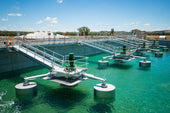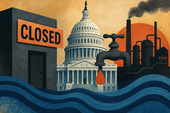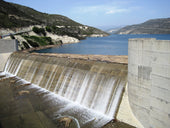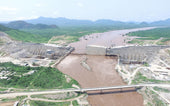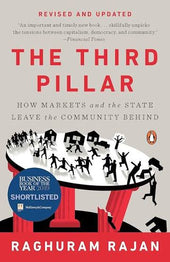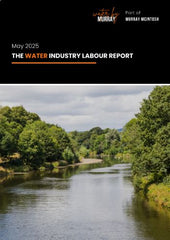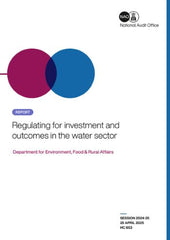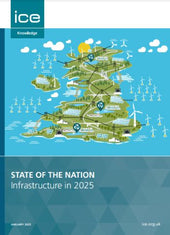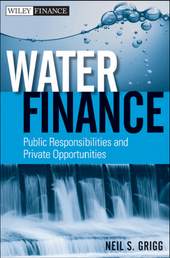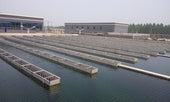
KKR's Master Plan to Save Thames Water
Investment giant KKR has recently made headlines with its advanced plan for a potential rescue bid for Thames Water, a major player in the UK's water industry. This move comes as the company faces financial challenges and regulatory scrutiny, prompting KKR to step in with a strategic proposal.
What is KKR's Strategy?
KKR's plan involves injecting much-needed capital into Thames Water to address its financial woes and ensure the company's long-term sustainability. By providing financial support, KKR aims to stabilize Thames Water's operations and improve its infrastructure to meet the growing demands of the market.
Why is Thames Water in Need of Rescue?
Thames Water has been grappling with a range of issues, including mounting debt, aging infrastructure, and regulatory fines. These challenges have put pressure on the company's financial health and raised concerns about its ability to deliver reliable water services to customers.
What are the Implications of KKR's Bid?
If KKR's rescue bid for Thames Water is successful, it could have far-reaching implications for the UK's water industry. The infusion of capital and expertise from KKR could help modernize Thames Water's infrastructure, enhance its operational efficiency, and ensure the delivery of high-quality services to consumers.
Furthermore, KKR's involvement could signal a new era of private investment in the water sector, paving the way for innovative solutions to address the industry's challenges. This could lead to increased competition, improved service quality, and better outcomes for both customers and stakeholders.
What's Next for Thames Water and KKR?
As the details of KKR's rescue plan for Thames Water continue to unfold, stakeholders will be closely watching the developments in the coming months. The outcome of this bid could have a significant impact on the future of Thames Water, the UK's water industry, and the broader landscape of infrastructure investment.
Stay tuned for more updates on KKR's advances in the Thames Water rescue bid and the implications for the water sector as a whole.
Thames Water, Britain's largest water supplier, has been facing serious financial challenges. The company has accumulated substantial debt, estimated around £14 billion, while struggling with infrastructure issues and environmental concerns. This situation has raised worries about the company's future and its ability to provide essential water services to its large customer base.
Now, KKR (Kohlberg Kravis Roberts) is stepping forward as a potential key player in rescuing Thames Water. KKR is a global investment firm with considerable experience in large-scale corporate transactions. Their hiring of investment bankers and lawyers signals they're seriously exploring a major equity investment - essentially, they're looking to inject billions of pounds of fresh capital into Thames Water.
To understand why this matters, we should consider that water utilities are critical infrastructure businesses. Thames Water serves about a quarter of Britain's population, making its stability crucial for public health and daily life. A large equity injection would help strengthen the company's financial position, potentially enabling it to better address its infrastructure challenges and meet its obligations to customers and regulators.
What makes KKR's interest particularly noteworthy is their scale and expertise. With over $600 billion in assets under management, they have the financial capacity to undertake such a large investment. Their involvement could bring not just capital, but also operational expertise and strategic guidance to help turn around Thames Water's situation.
This development also reflects a broader trend in infrastructure investment, where private equity firms are increasingly involved in essential public services. The situation raises interesting questions about the balance between private investment and public interest in critical infrastructure sectors.
Would you like me to elaborate on any particular aspect of this situation, such as the regulatory implications or the broader context of Britain's water industry challenges?




















